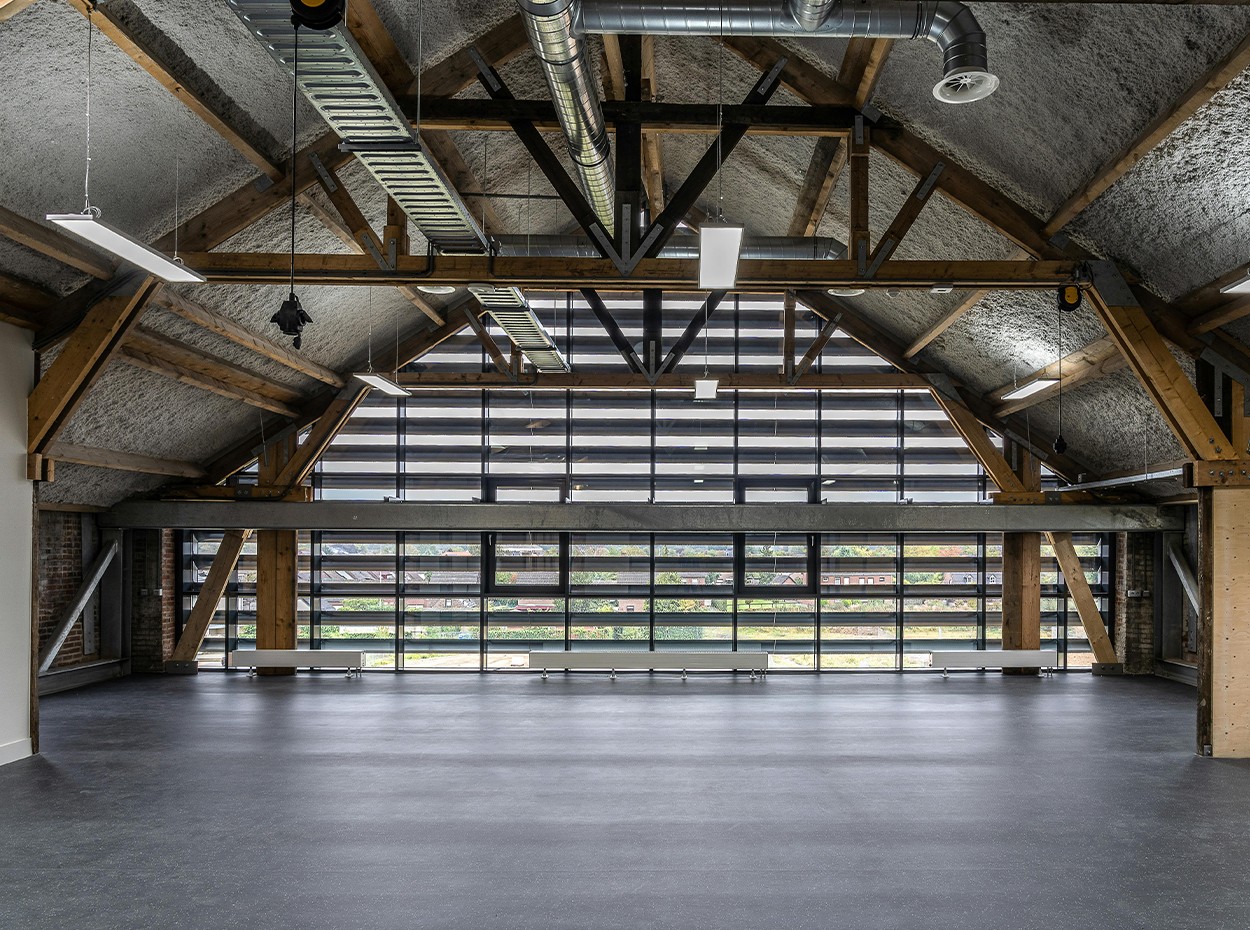Category:
Adaptive Reuse
Published Date:
Dec 28, 2024
Adaptive Reuse in Modern Architecture
Instead of demolishing old structures, architects are increasingly repurposing existing buildings to preserve history and reduce waste. This approach, known as adaptive reuse, gives outdated structures a second life.
Examples of Adaptive Reuse:
Warehouses to Offices – Industrial spaces transformed into creative work environments, such as Google’s repurposed offices in London.
Historic Buildings to Hotels – Old structures, like the transformation of a 19th-century church into a luxury boutique hotel, retain their architectural heritage while serving new functions.
Churches to Residential Spaces – Many historic churches are being converted into modern apartments with high ceilings and stained-glass windows preserved.
Benefits of Adaptive Reuse:
Cost-Effective – Repurposing old structures reduces demolition and construction costs.
Sustainability – Less material waste and carbon emissions compared to new construction.
Cultural Preservation – Maintains historical character while adapting to modern needs.
Why It’s Gaining Popularity:
Reusing existing structures is more sustainable and culturally significant than new construction. It bridges the gap between history and modernity, ensuring that valuable architecture is not lost to urban development.



